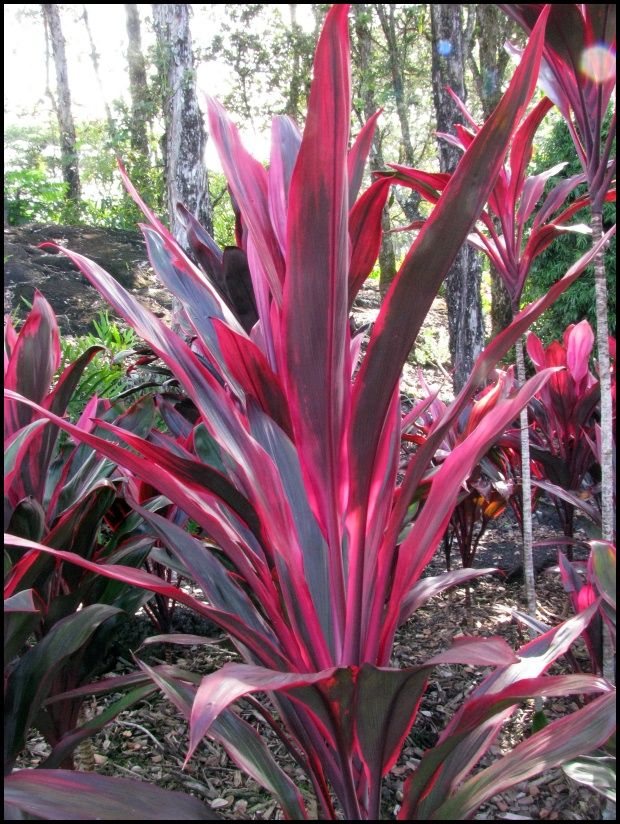We may be able to produce mass plants in the future, but these will not be green. This is the model currently working on scientists linked to the European Space Agency Germany and Italy, who have been based on evidence on soy.

The green of a plant is given by the absorption of light by plant cells. These contain a pigment known as chlorophyll, which acts as an absorption focus in chloroplasts. Are these fundamental to absorb light? The truth is that no. If so, humans would be green. Mammals base our color on melanin, which is also present in the plant kingdom, the way it interacts with the ultraviolet rays in the epidermis is the cause of our color and the way we receive sunlight .
Scientists from the European Space Agency rely on a variety of mutant soybeans containing only 20% chlorophyll compared to usual green plants. This deficiency changes the properties of its leaves, which acquire a yellowish color. However, they reflect much more light than their green relatives, which translates into less energy absorption. However, they fix the carbon dioxide in the air much more, which is positive for crops.
Researchers aim to measure the brightness emitted by beings in the plant kingdom and thus observe how they convert carbon dioxide into carbohydrates fundamental for photosynthesis. To do this, they will use a sensor called HyPlant, developed by the Jülich Research Center (Germany), based on ‘cameras’ capable of detecting reflected light emitted in plants.
“For the first time we will be able to measure whether new ideas related to plant physiology can be detected by flying instruments, paving the way for further development of technologies,” explains Dirk Schuettemeyer, ESA campaign coordinator.
“In the first instance HyPlant will be able to observe a long esplanade of mutant soybean near the green fields. The next step will be to quantify the fluorescence of the different fields to test the theory of similar rates of photosynthesis between the original soybean and the mutant, “he adds.
With this technique they aim to improve the knowledge on how photosynthesis affects the cycles of carbon and water. Information on the health and stress of planetary vegetation may be essential to meet the growing demand for food and feed.
As ESA clarifies in the statement, it is still too early to say whether the natural cycle of photosynthesis will be an impediment to growing plants in another setting. Experiments are still needed. The ESA Fluorescence Explorer will be launched around 2022.













